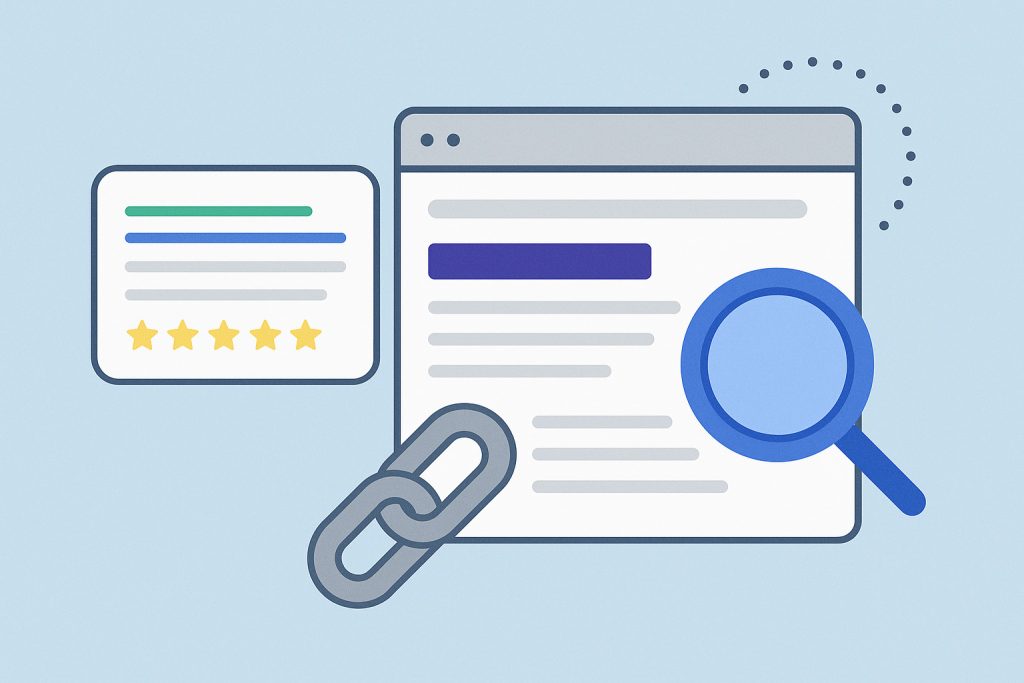Aligning your digital strategy with your business objectives is crucial for achieving long-term success and ensuring that your digital efforts contribute directly to your company’s goals. A well-aligned digital strategy helps streamline operations, maximize resource use, and drive meaningful results. Here’s how to align your digital strategy with your business objectives effectively.
1. Define Clear Business Objectives
Start by clearly defining your business objectives. These objectives should be specific, measurable, achievable, relevant, and time-bound (SMART). Common business objectives include:
- Increase Revenue: Aim to boost sales and revenue streams.
- Expand Market Reach: Grow your presence in existing and new markets.
- Enhance Customer Satisfaction: Improve customer experiences and retention.
- Optimize Operational Efficiency: Streamline processes to reduce costs and improve performance.
- Build Brand Awareness: Increase recognition and visibility in the market.
2. Assess Your Current Digital Landscape
Evaluate your current digital presence and capabilities to understand where you stand and identify areas for improvement.
- Website Analysis: Review your website’s performance, user experience, and alignment with business goals.
- Social Media Presence: Assess your social media platforms and content strategy.
- Content and Messaging: Analyze existing content for relevance and effectiveness.
- Digital Tools and Technology: Evaluate the tools and technologies you’re using for digital marketing and their effectiveness. Incorporate data analytics in digital marketing to gain insights into customer behavior and campaign performance, ensuring that your strategies are data-driven and aligned with business goals.
3. Align Digital Tactics with Business Goals
To develop successful digital strategies, it’s essential to align your tactics directly with your business objectives, ensuring that every digital effort contributes meaningfully to your goals.
- Website Optimization: Improve your website’s SEO, user experience, and conversion rates to support revenue and customer satisfaction goals.
- Social Media Strategy: Develop content and campaigns that enhance brand awareness and engage your target audience.
- Email Marketing: Use personalized email campaigns to drive sales and customer retention.
- Content Marketing: Create valuable content that aligns with your brand’s messaging and supports customer engagement and education.
4. Set Key Performance Indicators (KPIs)
Define KPIs that measure the success of your digital efforts in relation to your business objectives. KPIs should be specific to each goal and help track progress.
- Revenue-Related KPIs: Track metrics such as sales conversion rates, average order value, and revenue growth.
- Engagement KPIs: Measure social media engagement, email open rates, and website interactions.
- Customer Satisfaction KPIs: Monitor Net Promoter Score (NPS), customer feedback, and retention rates.
- Operational Efficiency KPIs: Track metrics like cost per acquisition (CPA), return on investment (ROI), and campaign performance.
5. Develop a Comprehensive Digital Plan
Create a detailed digital plan that outlines how each digital tactic will contribute to your business objectives. Include specific actions, timelines, and responsibilities.
- Action Plan: Detail the steps required to implement each digital tactic and achieve your goals.
- Timeline: Set deadlines for key milestones and deliverables.
- Responsibilities: Assign roles and responsibilities to team members to ensure accountability and execution.
6. Implement and Monitor
Execute your digital plan and continuously monitor its performance to ensure alignment with your business objectives.
- Track Performance: Use analytics tools to monitor KPIs and assess progress toward your goals.
- Adjust Tactics: Based on performance data, make adjustments to your digital tactics to improve outcomes and stay aligned with objectives.
- Regular Reviews: Conduct regular reviews of your digital strategy and its impact on business goals.
7. Communicate and Collaborate
Ensure effective communication and collaboration across teams to keep everyone aligned with the business objectives and digital strategy.
- Internal Communication: Share updates, progress, and insights with relevant stakeholders.
- Collaborative Efforts: Work together to address challenges, optimize strategies, and achieve shared goals.
Conclusion
Aligning your digital strategy with your business objectives is essential for driving growth and achieving success. By defining clear objectives, assessing your digital landscape, aligning tactics, setting KPIs, and implementing a comprehensive plan, you can ensure that your digital efforts support and enhance your business goals. Regular monitoring and adjustments, combined with effective communication and collaboration, will help you stay on track and achieve desired results.






